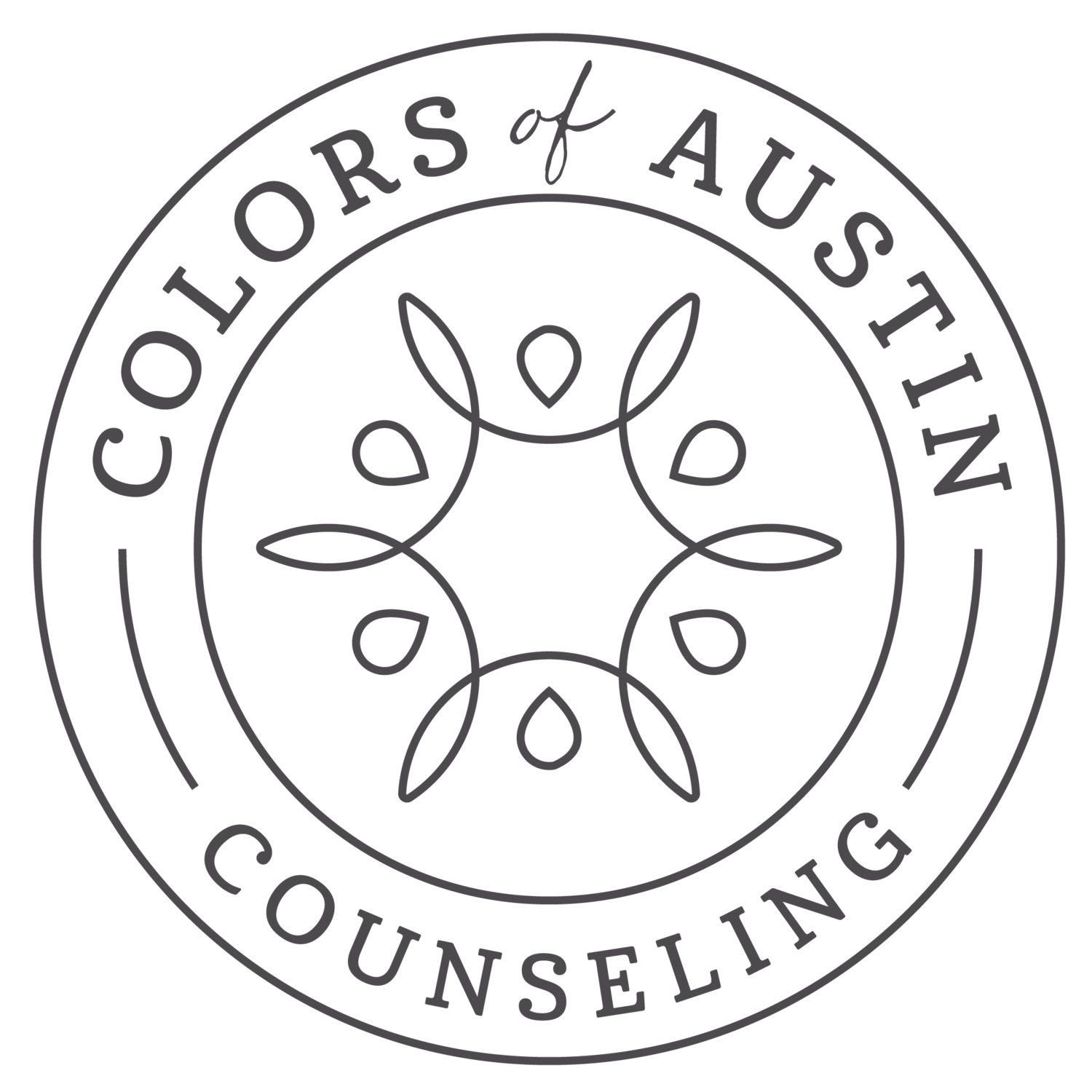Celebrating women’s history month: a focus on mental health and well-being
Written by Frances Arredondo, LPC
Every March, we take time to celebrate Women's History Month, recognizing the many contributions women have made on all aspects of society. This month highlights the many women who have played a part in an ongoing fight for diversity, inclusion and equality. We honor their strength and resilience and the efforts they have made along the way. Women's History Month is a time to celebrate the intersectionality of gender with race, ethnicity, class, and other aspects of identity, ensuring that all women are recognized for their contributions and achievements; past, present, and future.
In the 1970s, women's groups in the United States began advocating for the recognition of women's achievements, leading to the celebration of International Women's Day on March 8th. This day provided an opportunity to reflect on the social, economic, and political accomplishments of women. By 1987, the National Women's History Project, now known as the National Women’s History Alliance (NWHA), successfully petitioned Congress to expand the celebration to encompass the entire month of March. This expansion, known as Women's History Month, not only honors women's achievements but also emphasizes the importance of preserving their stories and contributions throughout history.
The National Women’s History Alliance (NWHA), formerly known as the National Women’s History Project, is a leader in promoting women’s history and is committed to the goals of education, empowerment, equality and inclusion. For 2025, the National Women’s History Alliance, presents the theme, “Moving Forward Together! Women Educating & Inspiring Generations.” This theme celebrates the collective strength and influence of women who have dedicated their lives to education, mentorship, and leadership. NWHA spotlights the contributions women have made to the American educational system, the free marketplace of ideas, and the very fabric of our democracy. (nationalwomenshistoryalliance.org)
NWHA’s Goals and Objectives for 2025:
● Honor: Recognize the achievements and contributions of women educators, mentors, and leaders.
● Inspire: Motivate all generations to pursue education and leadership roles.
● Educate: Raise awareness about the unheralded legacies of women from every walk of life, highlighting their unique contributions and diverse backgrounds, including socioeconomic status, ethnicity, race, culture, abilities, and personal experiences.
● Unite: Bring together communities to explore, share, and celebrate women’s history and achievements.
● Envision: Create a blueprint for the future that honors our foremothers and builds bridges for the next generation of women.
While we highlight Women’s History Month, it is equally important to shed light on the critical and often overlooked topic of women's mental health and wellness. This month provides an opportunity to initiate important conversations and raise awareness about the unique mental health challenges that women face. These challenges can stem from various factors such as:
● gender-based discrimination
● societal expectations
● work-life balance struggles
● caregiving responsibilities
● experiences of violence or trauma
The impact of these factors can have significant effects on a woman's mental, emotional and physical health. According to the American Psychiatric Association, “ Each year, 1 in 5 women in the United States has a mental health problem such as depression, post-traumatic stress disorder (PTSD), or an eating disorder.” (psychiatry.org) These conditions can be difficult to manage without proper support. Mental health support is essential in providing a safe space to
help manage these conditions, while also helping women process and navigate these external factors in a healthy way. As we shift our focus on the mental health challenges women face, it is imperative that we continue to promote awareness and understanding of mental health issues, advocate for accessibility of mental health support and resources, and make solid efforts in de-stigmatizing mental health in our society.
As a therapist, I am fortunate to work with women in a collaborative effort to help improve their mental health and overall well-being. Societal pressures, self-doubt, and outside influences can have a negative impact on their mental health. I feel privileged to see women reclaim their power and acknowledge their value, through strength, confidence and self-love. Therapy fosters a safe and supportive environment for women to rediscover their true selves as they reconnect to their sense of purpose, develop healthy coping mechanisms, improve healthy thinking and increase their self-esteem. It’s empowering to see them embrace their voice, connect deeply with themselves, and establish appropriate boundaries for a healthier life. It's not an easy journey, but it’s one that they don’t have to travel alone.
Women's History Month is a continuing effort by all women in building legacies, advocating for accessibility of mental health support and resources, lifting voices, and ensuring more inclusivity and equality for all. Everyone plays a part in creating an environment where women feel heard, understood, and supported. Let’s utilize this moment as a reminder to keep moving forward—Together.



















